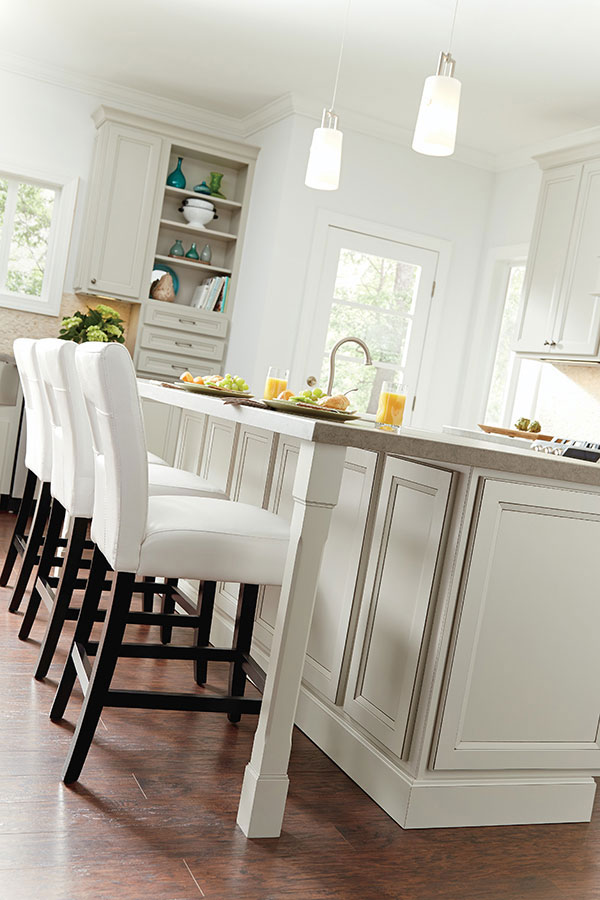Make The Most Of Flexibility with Flexible Legs For Kitchen Island Functions
Make The Most Of Flexibility with Flexible Legs For Kitchen Island Functions
Blog Article
A Guide to Picking the Perfect Legs For Kitchen Area Island for Your Home
Selecting the ideal legs for your kitchen area island is a nuanced decision that impacts both the performance and aesthetic allure of this central area. As you think about these elements, it becomes noticeable that the ideal legs can change not only the appearance of your kitchen however also its usability for years to come.

Recognizing Kitchen Area Island Legs
When picking legs for a cooking area island, it's vital to comprehend their functional and visual functions in the overall layout. The legs work as a crucial support group, making sure security and resilience for the island, which often works as an office, eating area, or collecting area. The choice of material and construction technique should be durable adequate to endure day-to-day usage and possible wear.
Along with their architectural duties, legs contribute substantially to the island's aesthetic charm. They can enhance the cooking area's style, whether via standard, contemporary, or diverse designs. The elevation and percentage of the legs are additionally essential factors to consider; they have to harmonize with the island's kitchen counter elevation while making sure comfortable seating for those using the space.
Additionally, the leg style can influence the total circulation of the cooking area. Open, ventilated leg styles can develop a feeling of agility, while solid, considerable legs may convey a more based and steady visual - Legs For Kitchen Island. Recognizing these useful and visual facets will lead house owners in making notified selections that enhance their kitchen area's design and enhance its usability
Popular Styles and Materials
The choice of legs for a cooking area island encompasses a range of popular styles and materials, each offering special characteristics that can boost both functionality and aesthetics. Traditional legs typically exhibit ornate information and workmanship, enhancing timeless cooking area layouts.

Elevation and Stability Factors To Consider

The legs of the cooking area island need to provide sufficient support, making sure that the framework can you could try these out hold up against everyday usage without wobbling or moving. Material selection plays a substantial role in stability; steel legs, for circumstances, often tend to provide greater toughness contrasted to timber.
Matching Your Cooking Area Aesthetic
Picking the appropriate legs for your kitchen island surpasses performance; it additionally plays a considerable function in the general visual of the area. When picking legs, consider the design style of your cooking area. For a contemporary look, smooth metal or minimalist layouts can develop a tidy, contemporary vibe. On the other hand, rustic or standard kitchens frequently take advantage of wooden legs with detailed outlining or a troubled surface, boosting heat and character.
Shade is an additional vital element. Legs that match or comparison with your island's surface and bordering cabinetry can produce aesthetic consistency or striking prime focus. Pairing dark wood legs with a light marble kitchen counter can include depth and passion. In addition, think about the finish of the legs; matte, glossy, or distinctive surfaces can significantly influence the overall feel of the kitchen area.
Installation and Upkeep Tips
Setting up cooking area island legs requires cautious focus to information to guarantee both security and aesthetic appeal. Begin by choosing a suitable location for your island, ensuring it is level and has adequate area for movement. If you are affixing the legs to a wall surface or using brackets for added assistance, make use of a stud finder to find wall studs. Mark the positioning of the legs properly prior to exploration.
When securing the legs, use top quality screws and, if required, timber adhesive for added strength. For metal legs, ensure that you are utilizing ideal anchors and tools to stop damage to your floor covering. It is recommended to check for levelness after installation, making adjustments as required to prevent wobbling.
Maintenance is equally vital for long life - Legs For Kitchen Island. Regularly inspect the legs for any signs of wear or helping to loosen, especially in high-traffic locations. Clean the legs with a suitable cleaner, avoiding unpleasant products that might scrape the surface. For wood legs, take into consideration using a timber conditioner regularly to maintain their surface. By complying with these setup and upkeep tips, you can guarantee that your kitchen island legs continue to be both functional and visually go to this site appealing.
Conclusion
In verdict, picking the suitable legs for a cooking area island necessitates careful factor to consider of elevation, security, and visual compatibility. By picking suitable materials and styles that align with the general cooking area layout, capability can be boosted while preserving visual appeal. Appropriate setup and recurring maintenance even more add to the sturdiness and longevity of the kitchen area island. Ultimately, thoughtful leg selection plays an essential function Recommended Site in boosting both the usefulness and design of the cooking area room.
When picking legs for a cooking area island, it's essential to understand their visual and practical roles in the overall layout. Open, ventilated leg styles can develop a sense of lightness, while solid, substantial legs might convey a much more based and steady visual. The legs of the kitchen island should provide sufficient assistance, ensuring that the structure can endure daily usage without tottering or moving.Setting up kitchen area island legs requires careful focus to detail to make sure both security and aesthetic charm.In conclusion, picking the proper legs for a kitchen area island demands careful factor to consider of elevation, security, and visual compatibility.
Report this page